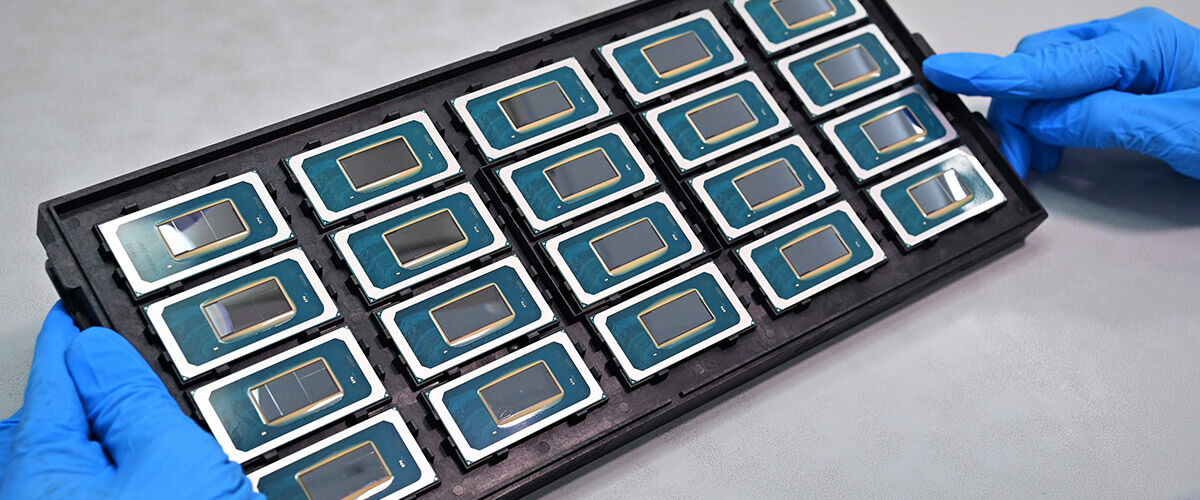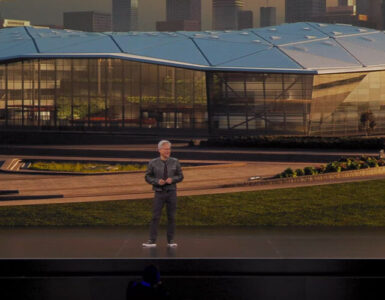At every turn, the tech industry always seems to be inundated with the latest craze that blows up big, but ultimately sizzles out. Think ‘blockchain’, ‘crypto’ and ‘NFTs’, and the general consensus is that they would have been best avoided, especially the uninformed.
Fast forward to 2023 though, and attention has been shifted toward the next big transformative tech thing that seems unavoidable – the use of artificial intelligence (AI) in art, language, design and more. Sure, the larger public might not fully comprehend the likes of large language models (LLM) and generative AI, but surely they would be familiar with the end results most commonly associated with text generator ChatGPT and image generator Midjourney.
And unlike the earlier attempts of new tech from software, key hardware marker Intel is ready to embrace it. After all, AI in itself is not new, but now, it can be placed in the hands of the masses, instead of simply large companies with the means to use it.
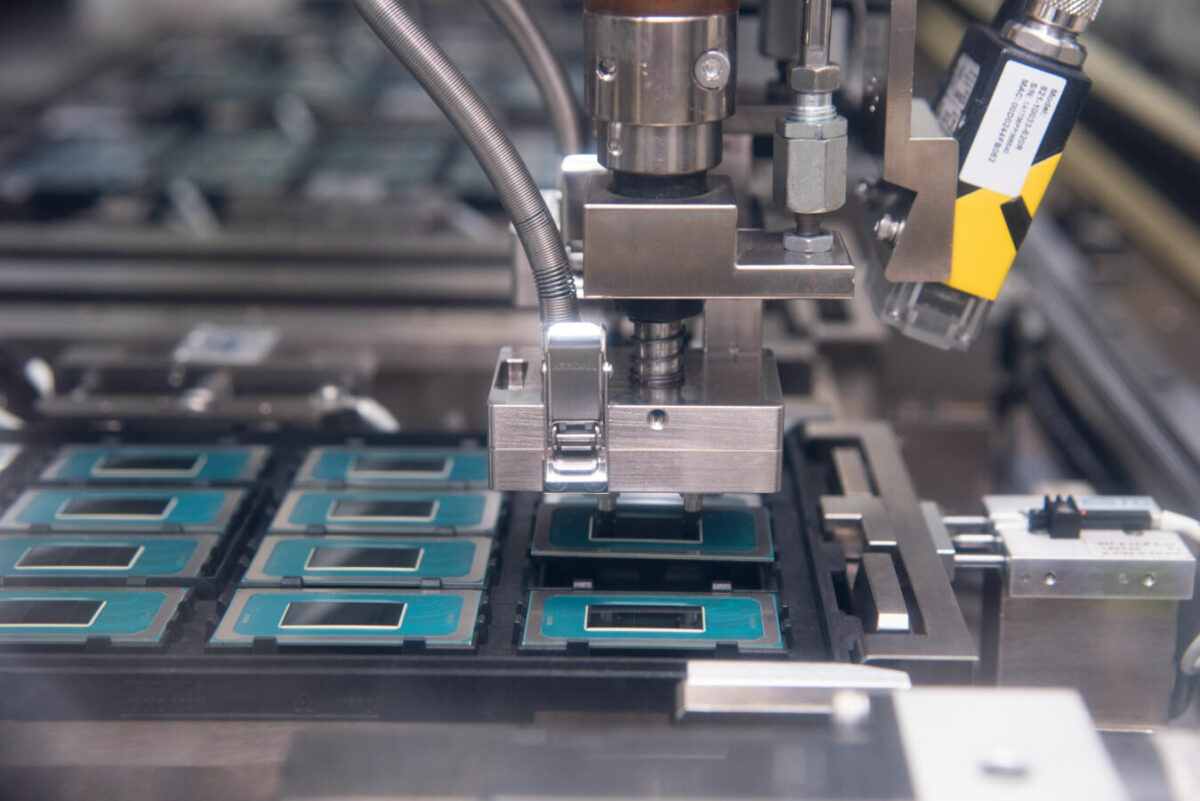
As Intel launches its brand new Meteor Lake processor, we had a chance to visit the factory in Penang, Malaysia where Intel’s latest CPU was assembled and get into the minds of the folks who are helping shape the future when it comes to AI and Intel. With a dedicated component on the CPU focusing on neural network processing, Intel is the demand for AI computation to be handled locally on physical hardware, instead of relying on cloud technology.
Seeing the hype around AI as a whole, Alexis Crowell, Vice President for the Technology Solutions, Software and Services group in Asia Pacific at Intel Corporation is looking at a sense of deja vu. She has been grappling with the topic of AI as far back as 2017, where she has felt that “artificial Intelligence is a buzz word at best, and generic at worst,” but now, something is different and there seems to be more pragmatism over it.

“I’m incredibly grateful for what ChatGPT and Open AI have done to make it okay to talk about AI. When I first got into AI, people were still afraid of it, the biggest concern was robots taking over, but right now the conversation is a lot more realistic. In the excitement behind some of these massive models and what they can do the responsibility side needs to be amped up a little bit more and that’s on tech companies like Intel to be at the forefront at what that actually means,” explained Crowell.
While this might sound like private corporations making their mark and looking to corner an emerging market, Intel is doing the opposite. The American semiconductor company has been taking steps to open up the space and welcome folks who are looking to work with AI into the fold. One of the key initiatives that Intel has done thus far is to release AI reference kits for the community to help accelerate their adoption process.
“Our strategy is simply to make AI accessible to everyone. If we think AI is going to be embedded everywhere, then you have to put AI instructions everywhere and you got to make the software open and usable by everyone. The problem with that is you have to get the industry rallied around that and there’s an old saying that says if you want to go fast, go alone. If you want to go far, go together.”
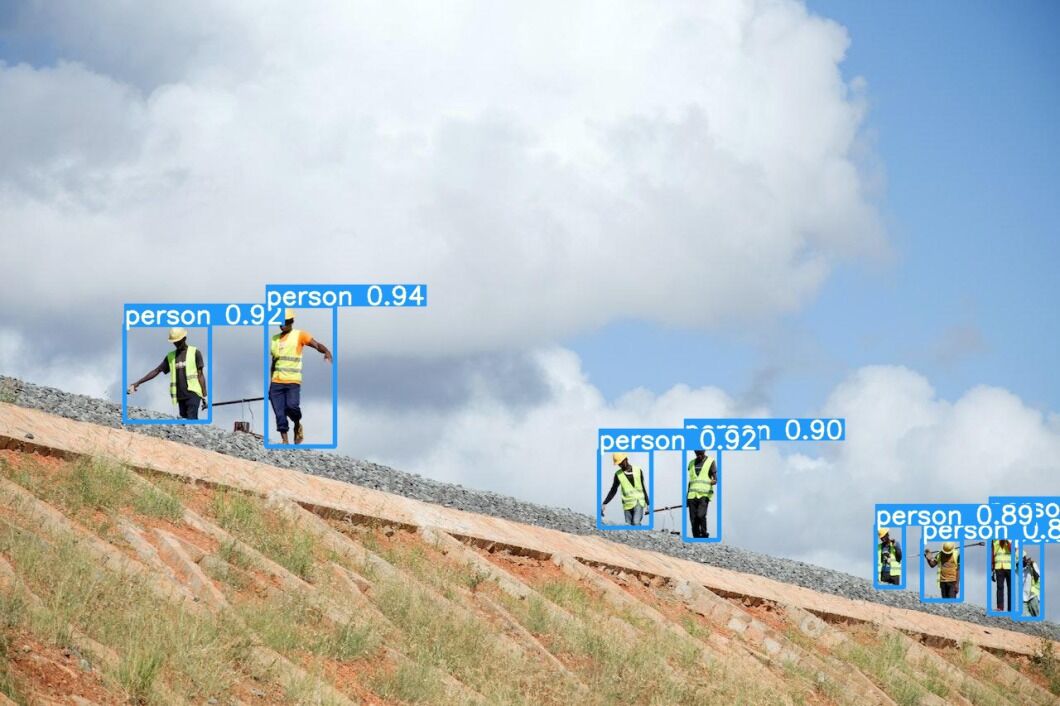
And it’s not all just talk as Intel is committed to this ideal. To delve into more specifics, Intel has been actively working and cultivated their own free tool, OpenVino to help speed up the creation of visuals from text prompts as one of its many use cases. The goal for Intel and OpenVino is to help developers deploy a tool that optimizes and accelerates AI inferencing workloads efficiently across diverse hardware platforms, including CPUs and GPUs which are all components of a standard PC. The hope here is for Intel’s processors to be at the heart of pretty much every AI activity out there where both software and hardware can align nicely with minimal fuss.
Ultimately, this is the bigger issue that Intel is helping its customers solve, while technology can assist, it is never the magic bullet when it comes to addressing core business problems, which Crowell handles from a daily basis.
“What I’ve tried to do with my customers is flip their problems on their head and ask them ‘what business problems do you have?’”
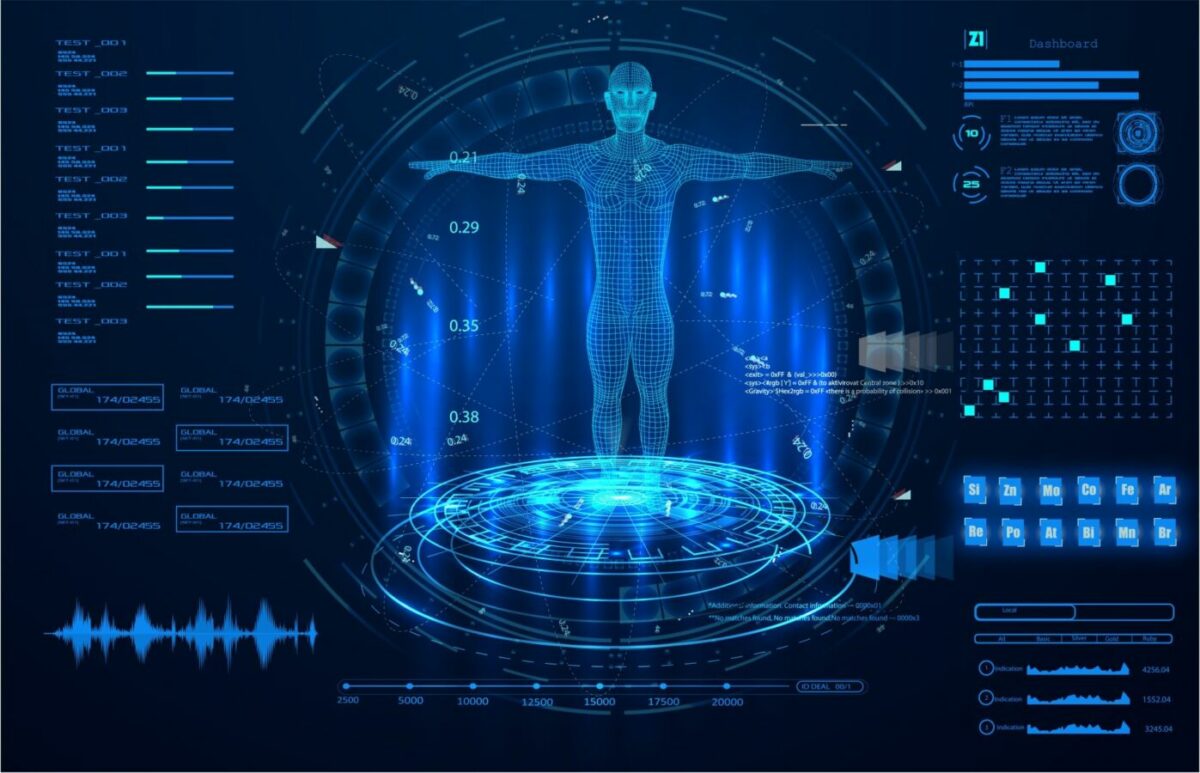
Citing a recent example with a partner from the healthcare industry, Crowell was able to gain insight from that simple line of questioning. From that point, Intel was able to come into the picture to help its healthcare partner read radiology scans and get diagnoses back to the patients faster than ever. At this point, Crowell explains with a smile –
“Well, it turns out I can actually help read radiology scans and ultrasound scans with AI. We’ve actually done a tonne of work in that space using computer vision, to help speed up what the radiologist looks at, yet it doesn’t replace the radiologist. When you have over a 100,000 person gap in the industry to go read those scans, anything we can do to help them is really valuable.”
Considering that the industry has done well in recent months in conflating that AI equals deep learning or large language models, it’s good to see that the possibilities for AI extend far beyond the popular examples into areas where human lives are saved.

Ultimately, a big question does remain – would the investment and development of AI eventually lead to potential dystopian outcomes? Crowell did pause a brief moment to consider the weight of the question before responding.
“I don’t actually think the Sci-Fi version of robots taking over will happen anytime in our lifetime. My belief from an AI perspective is that we believe AI should be in everything and really help people with everything. You can automate a lot of those rote routine activities that maybe you and I don’t want to do or don’t have time to go do,” she explained.
“There’s that consumer application of how we are helping increase the safety of cars, because now instead of having a human look at every single weld on a car, and (we know) they didn’t actually look at every single weld. Now I can use AI and look at every single weld and make sure that the quality is there and that car is going to be safer. Right like that is a spectrum of opportunity to help make people’s lives better. That’s what I think AI can do. That’s why I’m so passionate about it.”
Gerald currently straddles between his love of video games and board gaming. There’s nothing that interests him more than trying out the newest and fanciest gadget in town as well. He dreams of publishing a board game sometime in the future!

